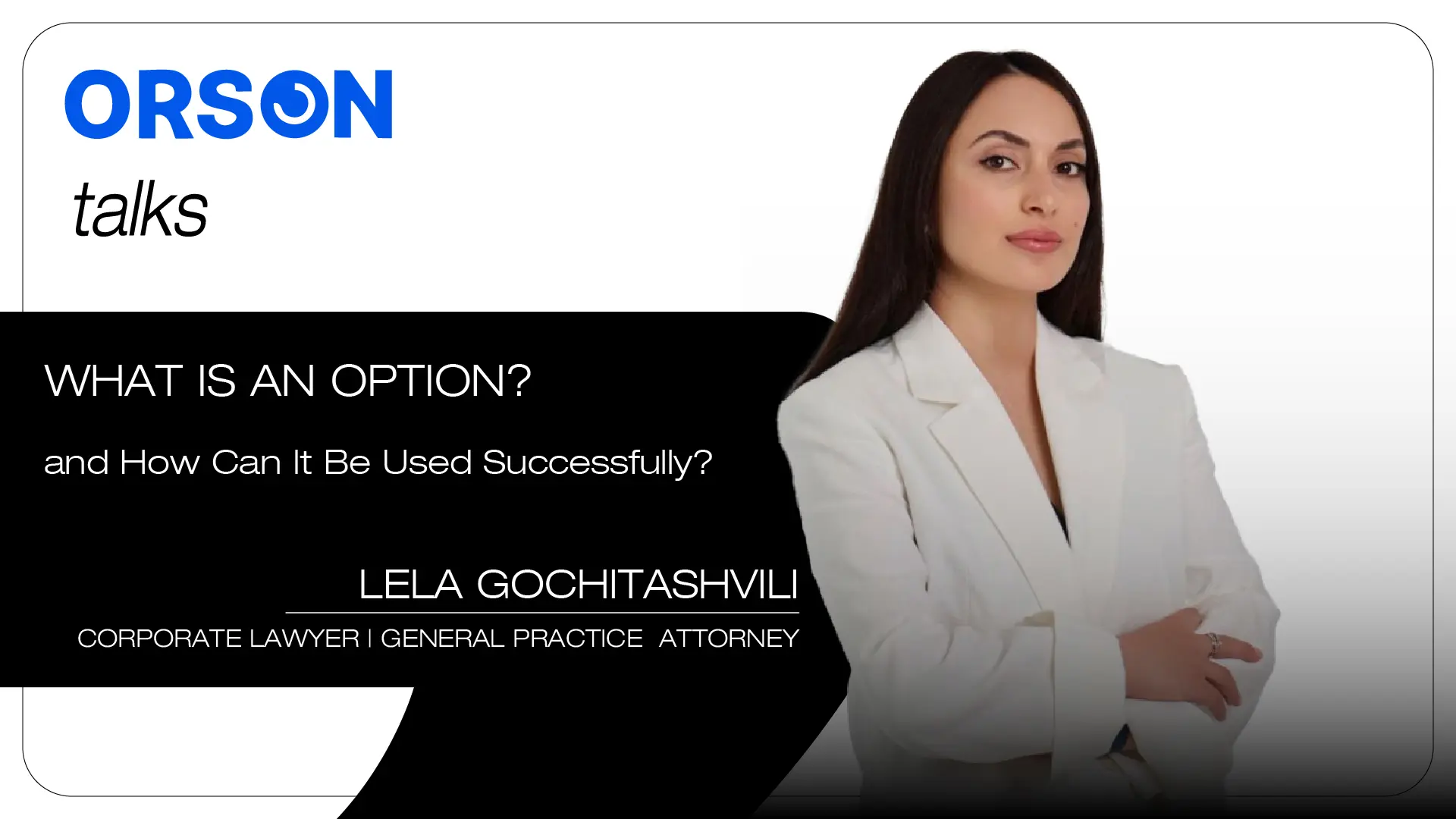What Is an Option and How Can It Be Successfully Used?
3 minute read | Last Updated October 3rd 2025
Written by: Lela Gochitashvili
Summary
Explore More Articles
Share this Article
Introduction
An option is a financial instrument that grants the buyer the right (but not the obligation) to purchase an asset — for example, a share — from the seller under pre-agreed terms.
What is an option?
The key feature of an option is that the parties agree in advance: the buyer is granted a unilateral right to purchase the asset at a specified price either by a certain date or upon the occurrence of a specific event (a call option), or, conversely, the seller is granted the right to sell the asset to the buyer under certain conditions (a put option).

Different types of options
An option provides a unique opportunity: if the buyer later determines that the transaction is no longer favorable, they can choose not to exercise the option, thereby limiting their loss to only the amount paid upfront — the so-called premium.
This fundamentally differs from a futures contract, which imposes an obligation on the buyer to complete the transaction.
There are two main types of options:
Call Option — gives the right to purchase an asset in the future;
Put Option — gives the right to sell an asset in the future.
For example, if you hold a call option allowing you to buy a share at 20 GEL, and by the expiration date the market price of that share is 30 GEL, you can profit by purchasing at the lower price and selling at the higher one. However, if the price falls, you are not obligated to purchase the asset and your loss would be limited to the amount of the premium paid.
How does Orson support with options?
Using exactly this mechanism — with the legal support of Orson — the acquisition of shares in a company registered in a Free Industrial Zone was successfully completed.
Initially, the parties entered into an option agreement under which the buyer was granted the right to acquire the shares at a specified price within a specified time frame.
The transaction was successfully concluded and fully complied with the applicable laws of Georgia.
This transaction represents a successful example of the effective use of an option, where both parties achieved mutually beneficial results — the buyer acquired a strategic company at an agreed price, while the seller ensured privileged management of the shares and a guaranteed transfer.
Conclusion
Orson is more than a remote legal provider — we integrate into your team. We collaborate closely with your management and staff to tailor our services to your workflow. If needed, an Orson lawyer can periodically work from your office and be fully involved in your day-to-day legal operations.
Orson – Driven By Perfection
Orson is a leading legal firm offering innovative digital services. Our mission is to simplify legal outsourcing, improve accessibility, and deliver consulting services that meet international standards. Partnering with Orson is a smart and strategic move for your business growth.
